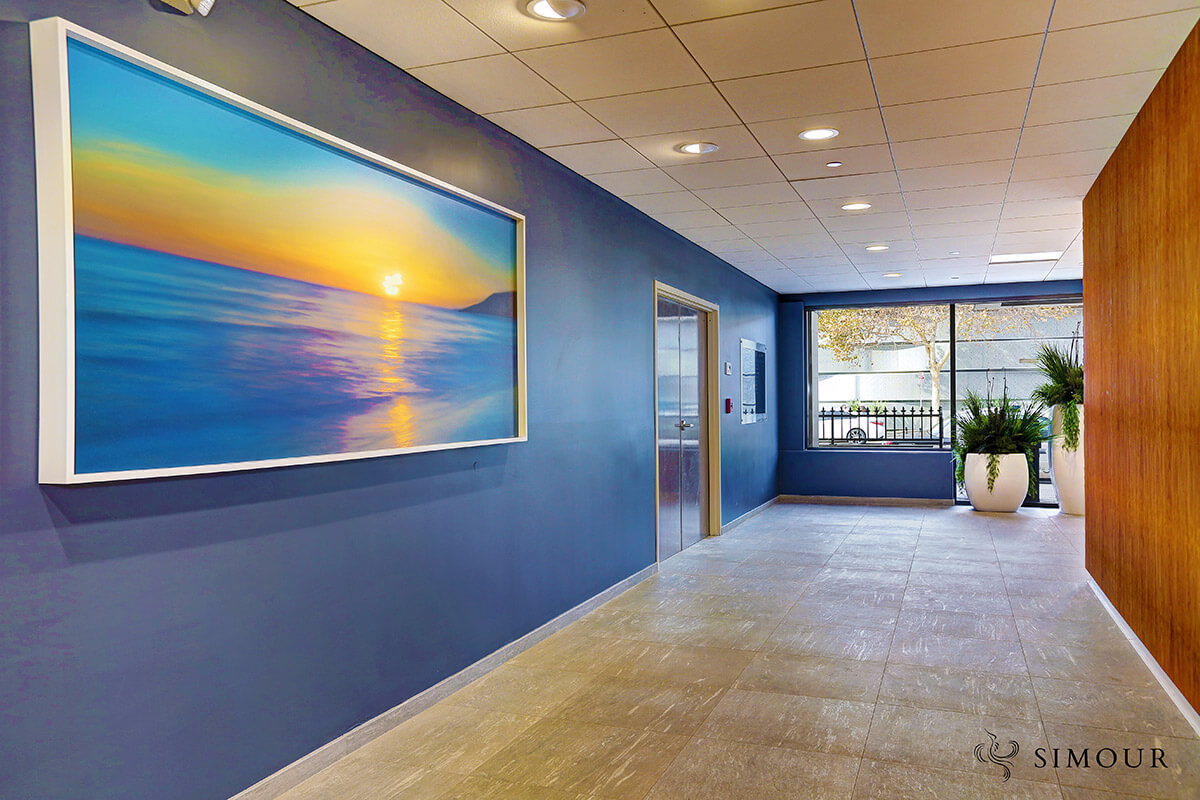Whether you’re looking at refreshing your office or building a new medical space, paint is the simplest intervention that creates the biggest visual effect. It’s relatively inexpensive, the result is almost instant and impactful, and even if you are the least bit handy. Let us break down the basics of paint and the finishes you might consider for each part of your space.
Before anything, we highly suggest using only Zero-VOC (Volatile Organic Compound) paints. We’ve discussed it before in our “Improving Indoor Air Quality” blog in more greater detail. VOC’s are noxious chemicals that are present in construction materials and emit over time, affecting the indoor health wherever it’s applied. It’s a new technology applied to paint and it can benefit not just your medical space but any space that you are thinking of repainting. It’s about 10-15% more costly yet a small investment towards a healthier environment for you, your staff and your patients.
The following types of finishes for your interiors can be categorized by the light reflectivity in increasing values. The choices range from flat and goes all the way to glossy with multiple variations in between. In this range of finishes, there are factors that you need to consider. There is a direct relationship between the reflectivity to the surface’s ability to be cleaned – the glossier the finish, the easier it is to clean. Another factor is that the glossier finishes, although easier to clean, will be bad at hiding imperfections and most designers don’t necessarily prefer glossy paint.
Paint by Finishes:
-
Flat or Matte (Suggested Surfaces: Ceilings)
Flat or Matte finishes are lowest in the scale of reflectivity and will perform the best at hiding imperfections. It will have a uniform sheen and will be best suited for ceilings which don’t see much traffic.
-
Eggshell (Suggested Surfaces: Low Traffic Walls)
Low-traffic walls are surfaces in spaces that receive low to medium amounts of foot traffic. They are the private offices, consultation rooms, basically spaces that have 2-3 people maximum at a particular time.
-
Satin (Suggested Surfaces: High Traffic Walls)
High-traffic walls, in contrast, are the major reception areas and waiting rooms, even the staff break room where people congregate and stay for longer periods of time. Satin finishes have a noticeable increase in sheen than flat finishes and will do well in these high traffic situations.
-
Semi-Gloss (Suggested Surfaces: Trims, Mouldings, Doors & Cabinets)
Semi-Gloss as the name suggests is a half-step into the glossy territory where the light reflectance is high but not completely mirror-like. We suggest you use them on trims, mouldings, doors, and cabinets – basically surfaces that either have a lot of direct contact with people or those which by nature are filled with decorative crevices that can accumulate dust. The semi-gloss finish is not just a protective layer against wear and tear. It also stands up against periodic cleaning.
-
Gloss (Suggested Surfaces: Furniture)
Gloss is a finish that is extremely reflective that gives it the shiny look, even to the point of a mirror-like quality. The glossy finish is difficult to pull-off which is why it is only seen on furniture which can control the entire painting process. It is dependent on the surface preparation to achieve the desired effect. It is often made through multiple coatings with a spray gun so they don’t have the brush marks. On that note, glossy finishes will never hide imperfections and will only draw attention to it so take care in specifying this finish.
Aside from light reflectivity and the ability to be cleaned, an important aspect of specifying paint finishes is laid out in the suggested surfaces. Traffic or the frequency of the interaction between people and space demands an increase in the durability of the finishes that you specify.
Examine your spaces whether new or existing and see if there are opportunities to liven up your space with a bit of paint. It is a cost-effective way to dramatically change your space in the shortest amount of time. See how each type of paint finishes we listed above can be applied to your surfaces so YOU can choose well and make those choices with intention.
For more specialized advice on your paint in your medical building, Simour Design is happy to help set up a free consultation to guide you in choosing paint that will work best in your healing space. Additionally, to know more about which paint color to use, check out our article on Psychology of Colors on Healthcare Spaces on this link.




